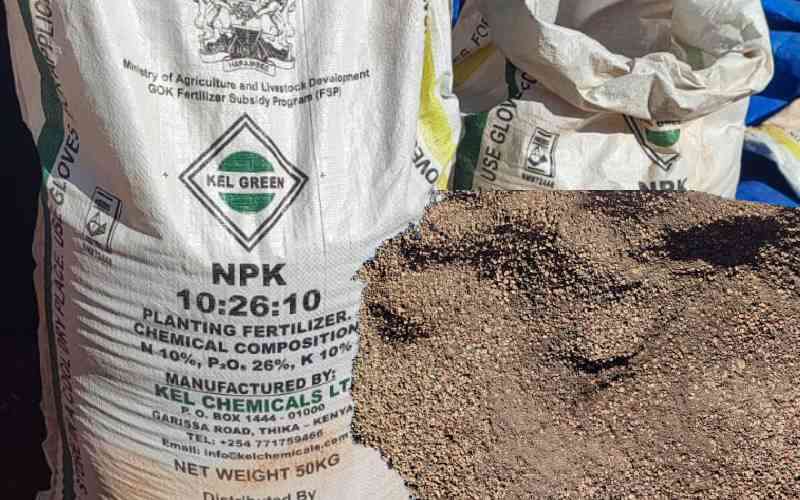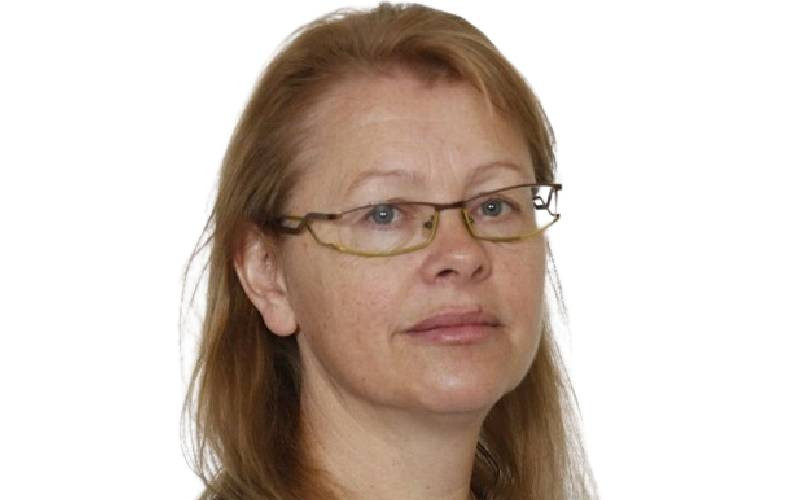By Winsley Masese
Kenya: The gender imbalance in agriculture and food production remains an obstacle in efforts to address Kenya’s food security situation, a ministry of Agriculture report released in November says.
Though women are key participants in the production process, men have the final say when it comes to receiving and distributing the money received from sales of produce.
“While women provide the majority of the labour in agricultural production, their access and control over productive resources is greatly constrained due to inequalities constructed by patriarchal norms,” notes the report, which was done in conjunction with the Food and Agriculture Organisation.
The key gender concern is the limited power over and ownership of assets and resources women have, despite producing about 65 per cent of the food consumed in the country. These constraints limit their productivity, contributing to the underperformance of the agricultural sector.
When they have limited decision-making ability within the household or low access to resources and household income, they are more likely to accept lower wages, research has shown. Women tend to be over-represented in jobs characterised by high job insecurity and low labour standards.
“The youth are not significantly engaged in agricultural activities as a majority are seeking white collar jobs or Jua Kali and other fast income-generating activities,” the report says.
The researchers found that when it comes to maize production, men mostly undertake land preparation and purchasing of farm inputs, while men, women and the youth participate equally in planting. However, women mainly undertake weeding, harvesting, maize drying and winnowing, and then take the back seat as the men sell the maize.
Sugarcane harvesting also has more male than female participation, but this is attributed to the labour-intensive nature of the job.
In fish-producing areas, such as around Lake Victoria, men are the owners of fishing boats, do the main capture and collect most sales.
In livestock rearing, the researchers found men mostly own high-value animals like ploughing bulls, heifers and dairy cows, while women own poultry and rabbits, which give lower returns.
Globally, 70 per cent of the world’s food is grown on farms smaller than two hectares and tended to mainly by women.
 The Standard Group Plc is a
multi-media organization with investments in media platforms spanning newspaper
print operations, television, radio broadcasting, digital and online services. The
Standard Group is recognized as a leading multi-media house in Kenya with a key
influence in matters of national and international interest.
The Standard Group Plc is a
multi-media organization with investments in media platforms spanning newspaper
print operations, television, radio broadcasting, digital and online services. The
Standard Group is recognized as a leading multi-media house in Kenya with a key
influence in matters of national and international interest.
 The Standard Group Plc is a
multi-media organization with investments in media platforms spanning newspaper
print operations, television, radio broadcasting, digital and online services. The
Standard Group is recognized as a leading multi-media house in Kenya with a key
influence in matters of national and international interest.
The Standard Group Plc is a
multi-media organization with investments in media platforms spanning newspaper
print operations, television, radio broadcasting, digital and online services. The
Standard Group is recognized as a leading multi-media house in Kenya with a key
influence in matters of national and international interest.








